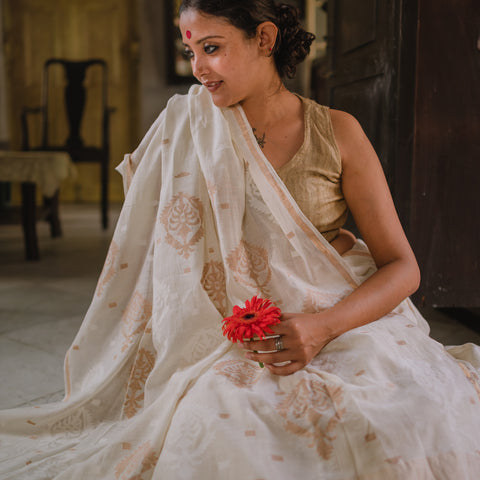
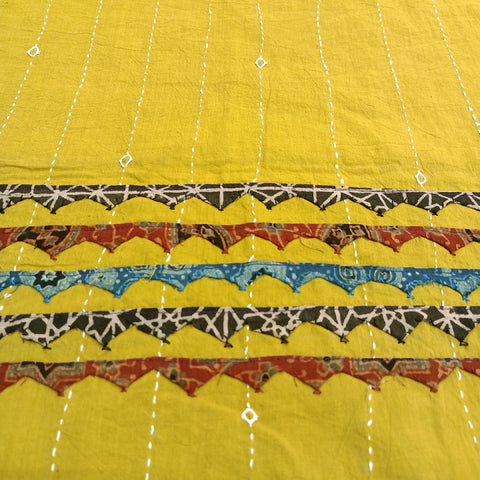

ARTISANS' thoughtfully curated collection of books explores the intricate threads of craft, photography, urban landscapes, and self-published gems.
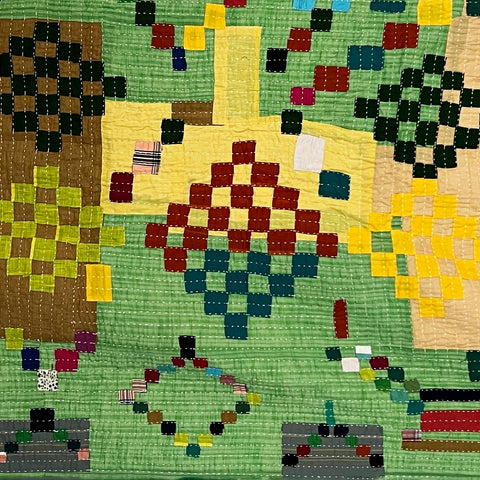
Shop ARTISANS’ handpicked collection of handmade collectibles, and discover the artisans of India. Each extraordinary object, made from ordinary materials, has a story. With one-off objects arriving every day, add to your art collection, find the perfect gift, or treat yourself!
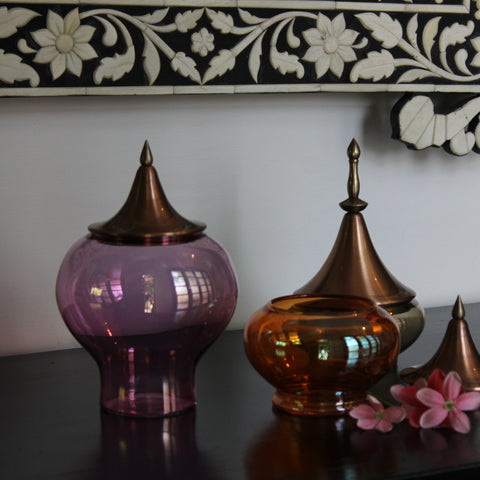
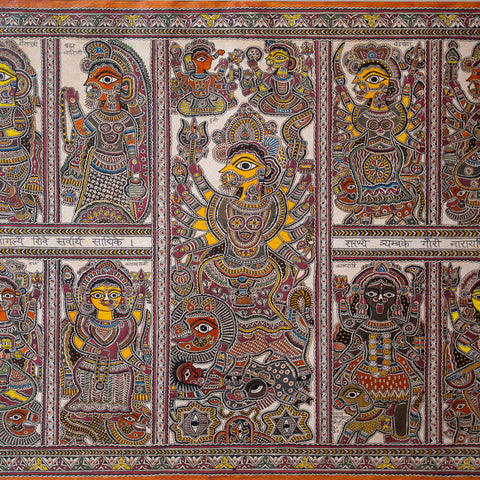
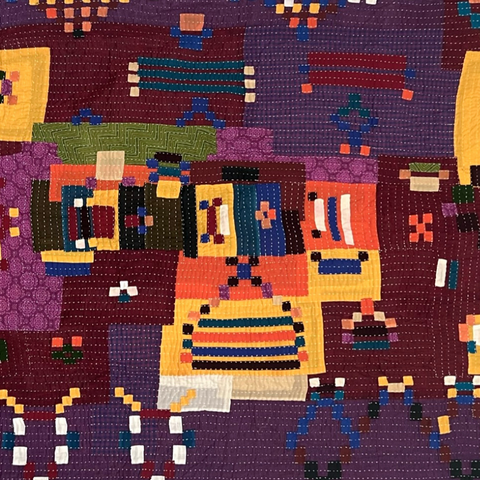


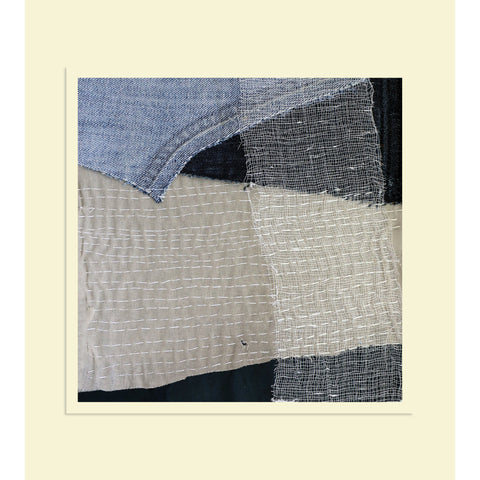




This innovative collection is not just woven, but designed by master weavers. Traditionally, Meghwal weavers of Bhujodi in western India, wove woollen shawls for nomadic Rabari shepherds. Today they carry a Geographical Indicator (GI) and designs break new ground, while preserving the identity.




Bring home a timeless and self-sustaining lifestyle from Nagaland, where stinging nettle is foraged from the wild, and tamed soft enough to be worn. Hand-picked, hand-spun and hand woven - introducing nettle for the natural home!